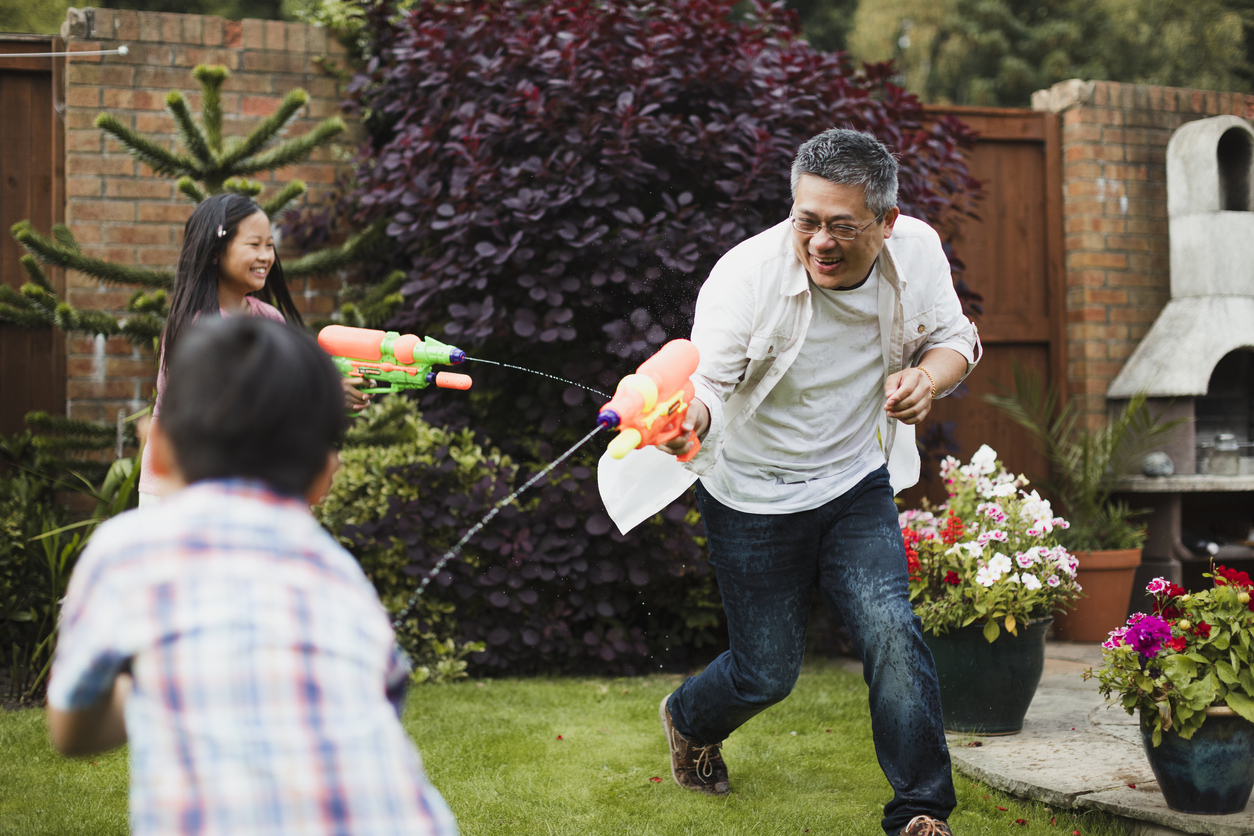Understanding the fostering placement matching process

Placement social worker Melissa provides an introductory explanation of how foster placement matching works.
When you’re approved to become a foster parent, it’s an exciting time — you’re a step closer to changing not just your life but those of vulnerable children.
But to ensure your placement is as positive an experience as possible for you, your family — and each young person — the matching process is an important step.
What happens after my panel assessment?
After panel, an Agency Decision Maker (ADM) will use the minutes and recommendations from the panel meeting to make the final call on approval.
Once a positive decision has been made, we’ll check again their availability to start accepting placements.
For sibling groups particularly, the shortage of suitable homes means that ‘the sooner the better’ applies for new carers.
But the best placement is more important than the fastest one — and holidays, notice periods and other domestic changes can all delay a carer’s start date.
Once you’re ready to welcome a young person into your home, referrals from the local authority will be assessed for the most appropriate match.
You’ll also be introduced to your supervising social worker (SSW), who will complete a comprehensive and helpful induction with you.

And you’ll typically be given a ‘buddy’ — a more experienced carer who can offer help and advice during your introduction to fostering.
How are foster placement matches decided?
Successful matching will always depend on good assessments, high levels of information sharing and careful decision making.
Ultimately, the strongest potential matches will be based on whether the skills and experience of the carer meet the assessed developmental needs of the child.
Huge importance is placed on understanding each young person’s situation before matching, so information gathering about them is vital.
We find out as much possible — both from a positive and potentially negative point-of-view — to help inform the matching process, such as:
- Pre-care history
- Age
- Ethnicity and cultural needs
- Language barriers
- Details of previous placements (number, duration, reasons for ending)
- Developmental needs (health, education, emotional and behavioural)
- Interests and hobbies
- Special needs due to disability (physical or learning)
- Any behaviours displayed, triggers and potential risks
All of these aspects will be discussed with the foster parent prior to a placement starting, so they’re fully aware and better prepared.
Some carers will have been exposed to the realities and rewards of helping young people, through close friends and relatives who foster.

When the referrals team comes to assess a new foster parent, important factors considered during the fostering matching process will typically include:
- Household dynamics (pets, other family members — particularly birth children or grandchildren)
- Carer attributes and temperament
- Transferrable skills
- Capacity for empathy
- Resilience
- Potential for further development and training
- Transport capabilities
Location and travel can play a big part in matching, as logistics are important — especially for school runs with younger children.
Often, it’s a requirement that a child continues at their current education provision and maintains any contact agreements they may have.
Although the team can specify a distance radius, carers can feed into this themselves, as their knowledge of local traffic and transport is more accurate.

Any wishes and circumstances you express during the matching process will also be taken into account.
Provided you agree with the match once you’re satisfied you’ve been given the relevant information you need, your SSW will be informed of the decision.
An offer will be sent to the child’s local authority and their social worker will ultimately make the final decision over the matching process.
Do children have any say in placement matching?
Ideally, a young person will have the opportunity to visit their potential new home beforehand but some emergency placements mean this isn’t always achievable.
Most importantly, we’ll always conduct any fostering placement in line with the National Minimum Standards (NMS) for Fostering Services.
The ‘wishes and feelings’ section states that any fostered children must:
‘…know that their views, wishes and feelings are taken into account in all aspects of their care; are helped to understand why it may not be possible to act upon their wishes in all cases; and know how to obtain support and make a complaint.’
But regardless of NMS legislation, our priority is to ensure young people aren’t ignored or marginalised during fostering placement matching.
What happens next?
Throughout any placement, you’ll receive unrivalled support and your feedback will help shape the matching process for your next placement if required.
If your preferences as a foster parent change based on your experience and confidence gained, these will all be taken into account.
Hopefully this has made the fostering matching process clearer but if you’ve any questions, please contact our helpful team online or call 028 90 020 247.